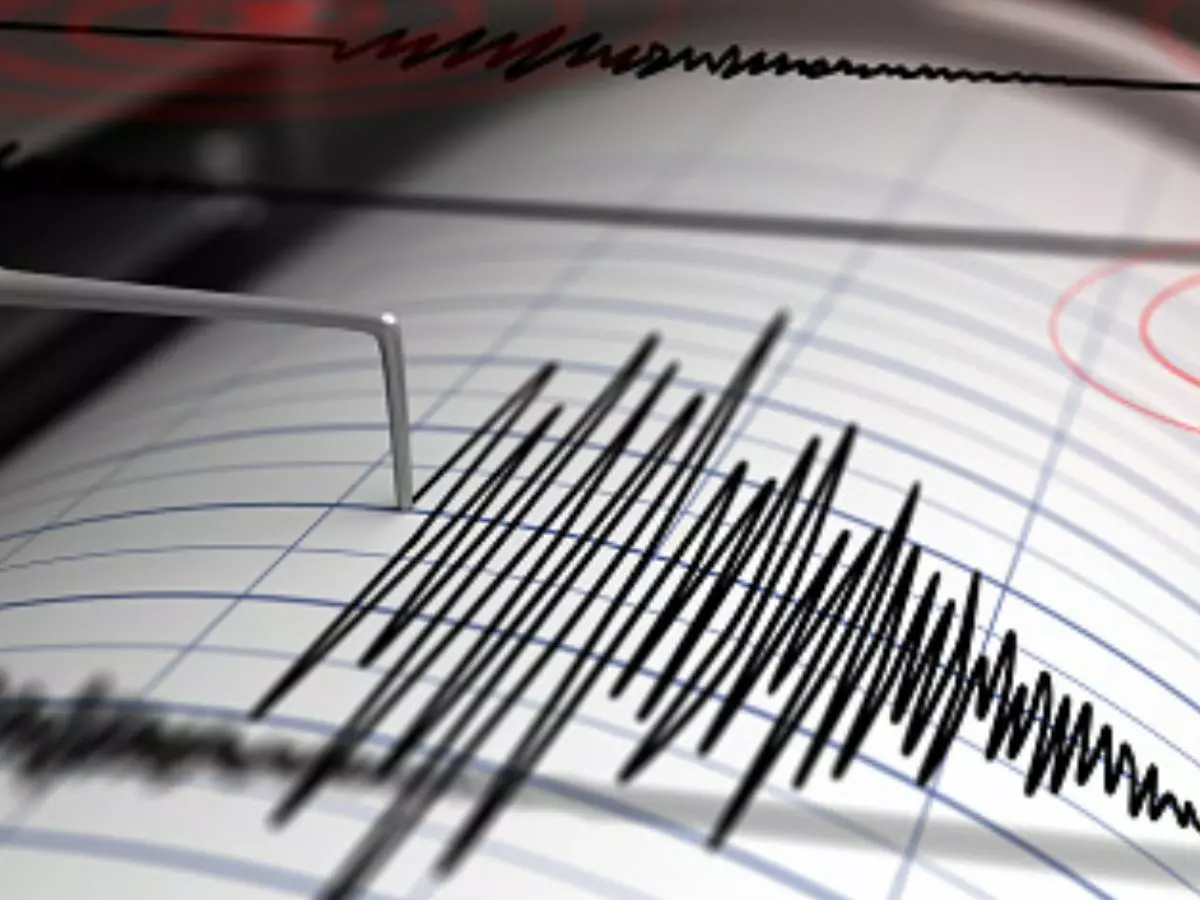IIT Mandi Researchers Develop A Tool To Find Buildings Prone To Earthquake Damage
The methodology is a simple single-page RVS form that doesn't require much expertise to be filled. It takes into consideration various vulnerabilities that are unique to the buildings in the case study regions.

Researchers from IIT Mandi have devised a new method to assess the structural integrity of buildings in the Himalayan region and whether they¡¯ll be able to withstand earthquakes, reveals a GadgetsNow report.
 Unsplash
Unsplash
Today, Rapid Visual Screening is commonly performed to assess vulnerabilities in structural integrity. It works by taking visual information and deciding if a specific structure is safe to occupy or does it need engineering work to enhance its safety in case of an earthquake.
Existing RVS methods don¡¯t work well for the Indian Himalayan region as various buildings are unique to the region. For instance, there exist lots of not properly engineered structures, alongside chaotic distribution and growth of infrastructure due to lack of awareness among local construction workers and poor planning.
Dr Sandip Kumar Saha from IIT Mandi explains, ¡°We have devised an effective method to screen reinforced concrete (RC) buildings in the Indian Himalayan region so that repair work may be prioritised according to the condition of the buildings and the risk from impending earthquakes can be minimised.¡±
With the help of extensive field surveys, researchers have collected a large amount of data on the types of buildings present in the Mandi region of the Himalayas, along with the typical attributes in these buildings that are linked to earthquake damage vulnerability.
A numeric study was also conducted to establish guidelines for counting the number of stories in hilly buildings for their RVS. Based on the vulnerable characteristics present in buildings, an improved RVS method was prepared.
 Unsplash
Unsplash
The methodology is a simple single-page RVS form that doesn't require much expertise to be filled. It takes into consideration various vulnerabilities that are unique to the buildings in the case study regions.
Calculations done with the help of these observations offer a seismic vulnerability score, differentiating weak buildings from strong ones and those that are in dire need for repair and maintenance.
Keep visiting Indiatimes.com for the latest science and technology news.
